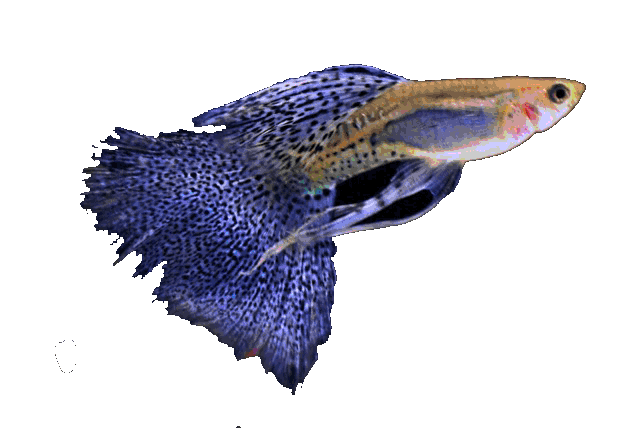
Basic data:
Scientific name: Belonesox belizanus (Kner; 1860)
Interpretation of words: Belonesox (belone = needle, esox = old name for pike), (belizanus = place of discovery)
Slovenian name: Pike carp, live-born pike
Group: Livebirds
Source: Central America ; from drainage in Veracruz, Mexico, east through the Yucatan, Belize, Guatemala, Honduras, Nicaragua, and northern Costa Rica.
Size: Males: 12 cm, females: 20 cm
Biotope / Habitat : Central America, warm surface water of slow-flowing rivers, ponds and lakes, especially those with rich aquatic vegetation. It is a frequent resident of nearby coastal and hinterland habitats, resistant to low levels of dissolved oxygen.
Social behavior: Predatory fish, gains in aggression with age
Diet: Omnivore; Live food, fish, earthworms, insects and larvae, ...
Cultivation: Easy
Aquarium: Minimum 200 liters
Population: 4-5 fish per 200 liters of water
Decoration: Dense vegetation
Temperature: 25-30 ° C
pH: 7-8.2 (7.5)
Hardness: from 10 to 25 ° dGh (15)
Lifespan: 5 years
Synonyms


Kingdom: Animalia / animals
Trunk: Chordata / string players
Class: Actinopterygii / arthropods
Order: Cyprinodontiformes / Toothpicks
Family: Poeciliidae / live-bearing toothed carp
Genus: Belonesox
Species: Belonesox belizanus
(Kner; 1860)
Belonesox belizanus Pike dove
Belonesox belizanus maxillosus / Hubbs, 1936
Belonesox maxillosus / Hubbs, 1936

Cultivation
Pike carp should live in an aquarium intended only for him, he is a predatory fish and in his company
what soon becomes a newcomer lunch.
We populate it in a low aquarium with as much water surface as possible as it stays in the upper layers.
The volume should be at least 200 l. It likes warm and calm water with lots of vegetation.
In the aquarium he is accompanied by perch (Cichlasoma), Great Bears (more than 10 cm), Loricariidae, Doradidae and the like.
These silver beige fish have very pronounced elongated jaws.
Food
In captivity we have to provide him with live food (insects and fish), in nature he eats with smaller relatives
(Swords and Plates). It has cannibalistic tendencies and it is not uncommon to fish half its size.
We must be consistent in feeding and we must not run out of live food, adult fish eat 2-3 guppies or big bears a day
Reproduction
Let's use a parent aquarium. They are sexually mature after six to 12 months. The male fertilizes the female with the help of a gonopod (the dorsal fin transformed into a sexual organ). A once fertilized female can give birth to several consecutive broods. At 39 to 49 days it also produces over 100 cubs, ranging in size from one to two and a half centimeters. The time depends on the water temperature, the number and size of the pups depending on the age / size of the female. Immediately after birth, the young are withdrawn from the plants so that we have enough time to halve them and move them to a special aquarium.
The young are fed immediately with the influence of Artemia, keep in mind that they are very hungry and eat a huge amount of food and grow quickly.
Later we use adult artemia, water fleas and the like. The young are selected by size because their cannibalism soon shows up and they start eating each other. Let's try mosquito larvae and fish fry.
According to some sources, reproduction is more successful with the use of salt (10-15g / 10L of water).
Trivia
The whole body color is light beige. On the lateral upper half of the fish are a few species of many small black spots, those located in the middle are the largest and darkest. A large black spot is present in the middle or just above the center of the tail stalk. Young fish have a dark side line. The record for one litter is 322 pups.
It happens that an adult female is an adult male (difference in size). (Picture of an adult female below)



